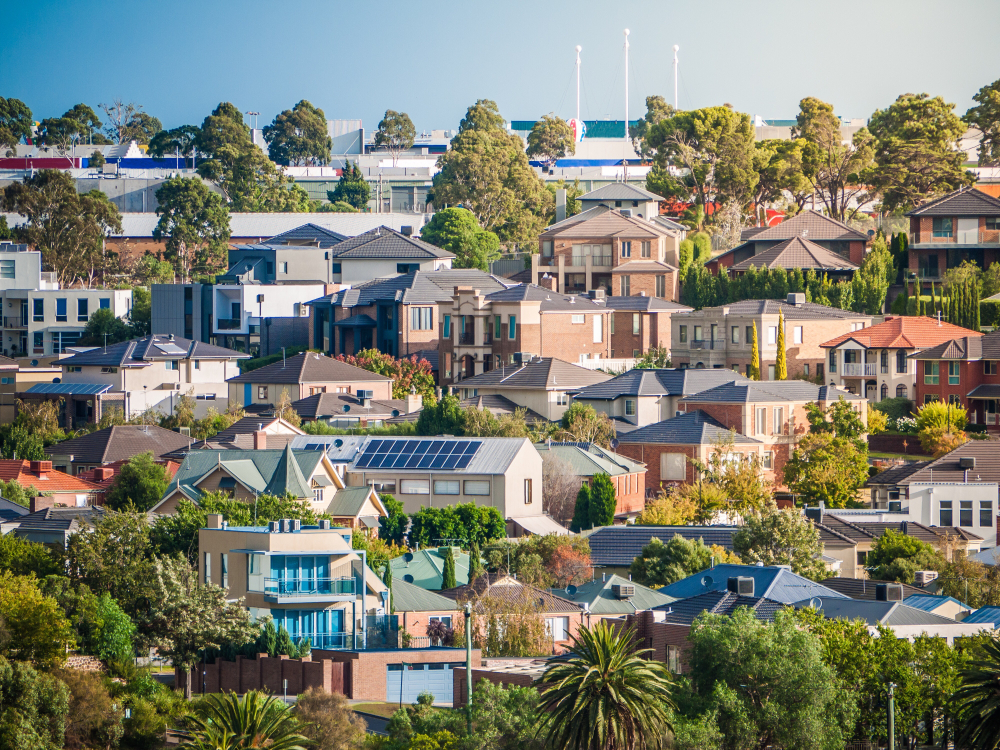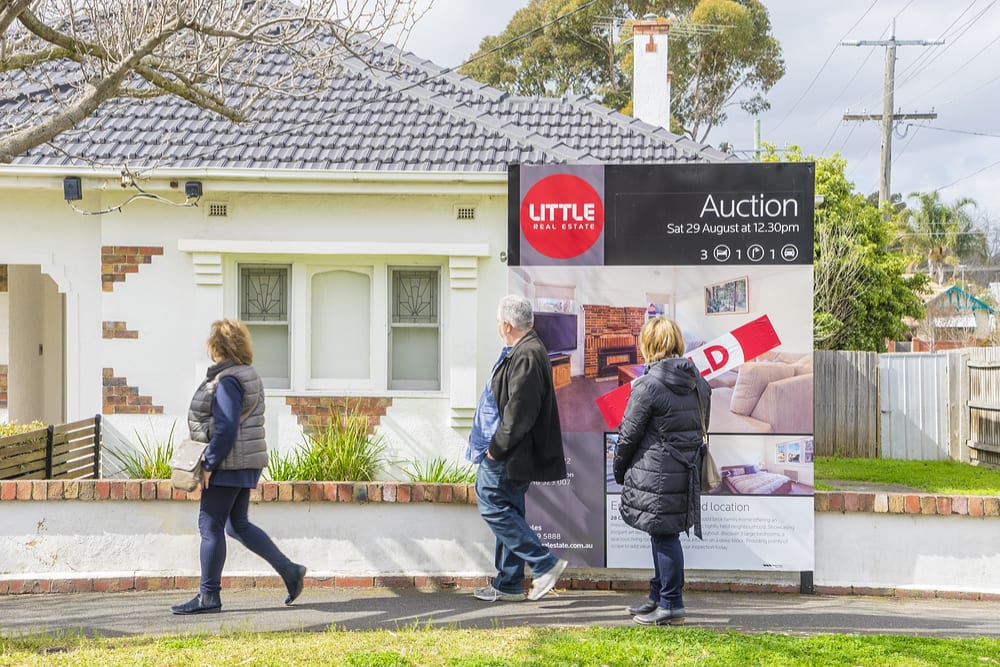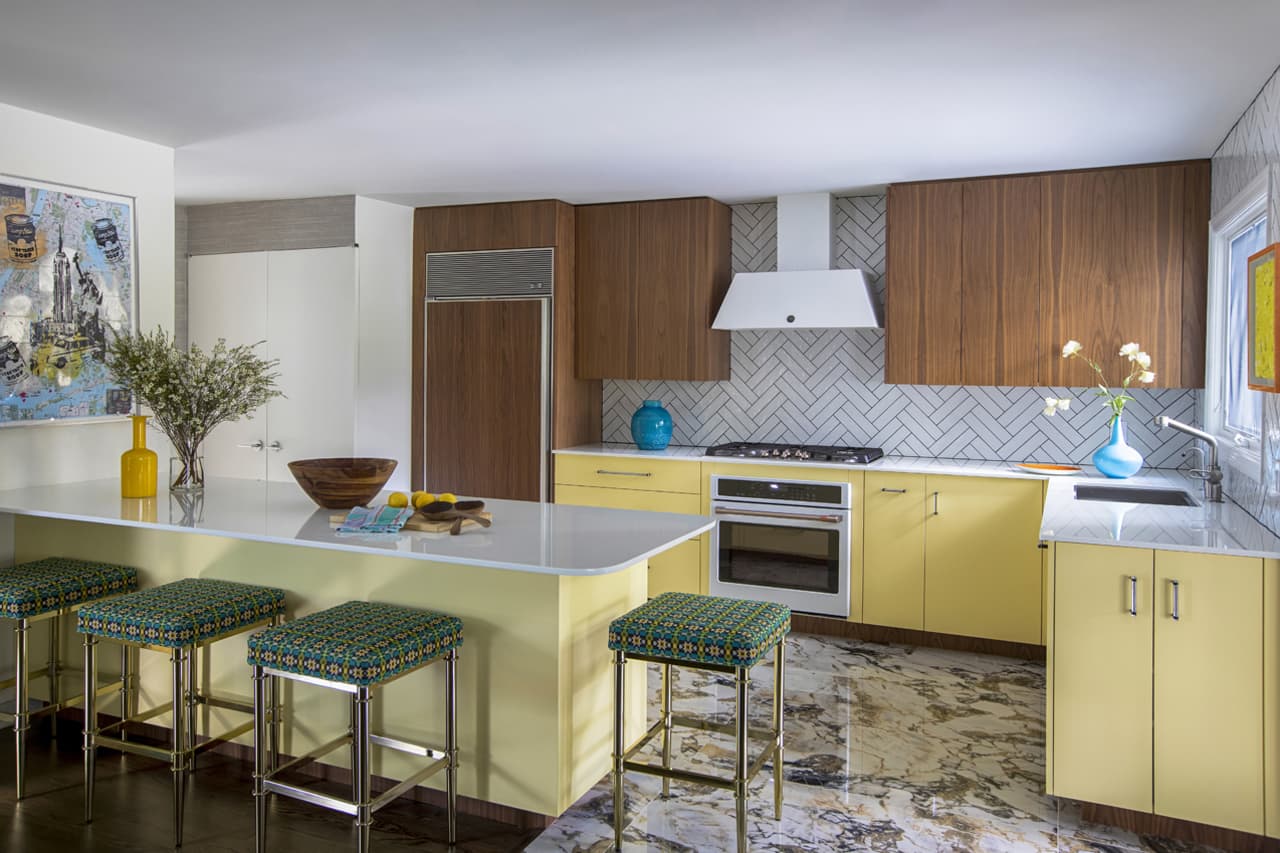Global Real Estate Assets Rose 5% In 2020
Residential appreciation fueled the overall growth.
The insatiable appetite for home buying last year saw the world’s real estate assets—the most significant store of wealth globally—jump 5% in value to a record high in 2020, according to a report Wednesday from Savills.
Last year’s price appreciation left the total volume of global real estate assets at $326.5 trillion, a figure that’s more than all global equities and debt securities combined, and worth almost four times that of global GDP, the estate agency said.
“Government stimulus in the wake of Covid-19 means there is plenty of capital at large, and real estate is viewed as a safe store as global investors search for income in a low-interest-rate environment,” Paul Tostevin, director of the Savills world research team, said in the report.
“While real estate’s capital value annual growth of 5% in 2020 is lower than those seen in securitized debt, equities and gold, at 17%, 20% and 29% respectively, it is the extra income component of property which makes it such a compelling purchase for many buyers,” he added.
The gains were driven by the residential property sector—which accounts for 79% of all global real estate value—a market that has thrived amid the pandemic as homeowners rush to larger homes better suited for working from home and lockdown living.
The sector saw its value increase 8% last year to US$258.5 trillion, pushed up in particular by activity in China.
China is home to 30% of the world’s residential wealth, and the segment recorded gains of 13% in 2020, driven by “strong price growth coupled with the delivery of new supply,” Savills said.
After China, the U.S. accounts for 11% of the global residential wealth, and the two countries along with Japan, Germany, the U.K., France, South Korea, Canada, Italy and Australia, make up 75% of the global residential total.
The value of global commercial property, meanwhile, fell 5% in 2020 to US$32.6 trillion, and is expected to rebound in 2021 and hit a new peak by the end of the year.
Reprinted by permission of Mansion Global. Copyright 2021 Dow Jones & Company. Inc. All Rights Reserved Worldwide. Original date of publication: September 22, 2021.
 Copyright 2020, Dow Jones & Company, Inc. All Rights Reserved Worldwide. LEARN MORE
Copyright 2020, Dow Jones & Company, Inc. All Rights Reserved Worldwide. LEARN MORE
This stylish family home combines a classic palette and finishes with a flexible floorplan
Just 55 minutes from Sydney, make this your creative getaway located in the majestic Hawkesbury region.
This may be contributing to continually rising weekly rents
There has been a substantial increase in the number of Australians earning high incomes who are renting their homes instead of owning them, and this may be another element contributing to higher market demand and continually rising rents, according to new research.
The portion of households with an annual income of $140,000 per year (in 2021 dollars), went from 8 percent of the private rental market in 1996 to 24 percent in 2021, according to research by the Australian Housing and Urban Research Institute (AHURI). The AHURI study highlights that longer-term declines in the rate of home ownership in Australia are likely the cause of this trend.
The biggest challenge this creates is the flow-on effect on lower-income households because they may face stronger competition for a limited supply of rental stock, and they also have less capacity to cope with rising rents that look likely to keep going up due to the entrenched undersupply.
The 2024 ANZ CoreLogic Housing Affordability Report notes that weekly rents have been rising strongly since the pandemic and are currently re-accelerating. “Nationally, annual rent growth has lifted from a recent low of 8.1 percent year-on-year in October 2023, to 8.6 percent year-on-year in March 2024,” according to the report. “The re-acceleration was particularly evident in house rents, where annual growth bottomed out at 6.8 percent in the year to September, and rose to 8.4 percent in the year to March 2024.”
Rents are also rising in markets that have experienced recent declines. “In Hobart, rent values saw a downturn of -6 percent between March and October 2023. Since bottoming out in October, rents have now moved 5 percent higher to the end of March, and are just 1 percent off the record highs in March 2023. The Canberra rental market was the only other capital city to see a decline in rents in recent years, where rent values fell -3.8 percent between June 2022 and September 2023. Since then, Canberra rents have risen 3.5 percent, and are 1 percent from the record high.”
The Productivity Commission’s review of the National Housing and Homelessness Agreement points out that high-income earners also have more capacity to relocate to cheaper markets when rents rise, which creates more competition for lower-income households competing for homes in those same areas.
ANZ CoreLogic notes that rents in lower-cost markets have risen the most in recent years, so much so that the portion of earnings that lower-income households have to dedicate to rent has reached a record high 54.3 percent. For middle-income households, it’s 32.2 percent and for high-income households, it’s just 22.9 percent. ‘Housing stress’ has long been defined as requiring more than 30 percent of income to put a roof over your head.
While some high-income households may aspire to own their own homes, rising property values have made that a difficult and long process given the years it takes to save a deposit. ANZ CoreLogic data shows it now takes a median 10.1 years in the capital cities and 9.9 years in regional areas to save a 20 percent deposit to buy a property.
It also takes 48.3 percent of income in the cities and 47.1 percent in the regions to cover mortgage repayments at today’s home loan interest rates, which is far greater than the portion of income required to service rents at a median 30.4 percent in cities and 33.3 percent in the regions.
Just 55 minutes from Sydney, make this your creative getaway located in the majestic Hawkesbury region.
This stylish family home combines a classic palette and finishes with a flexible floorplan






















